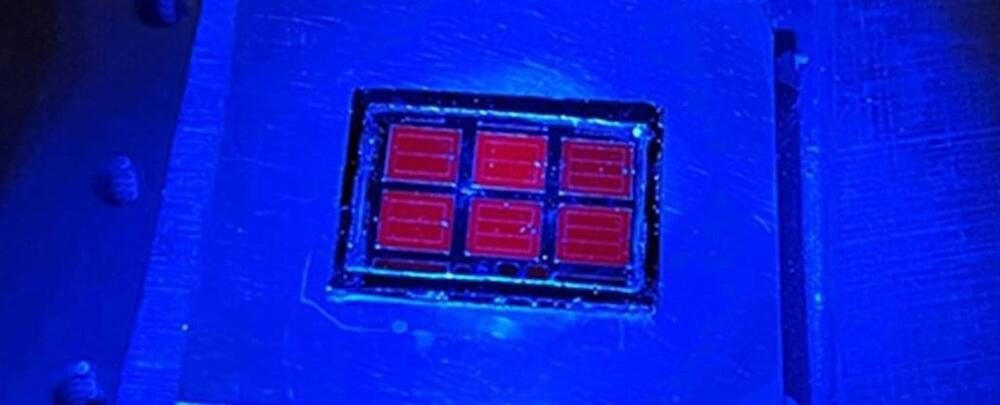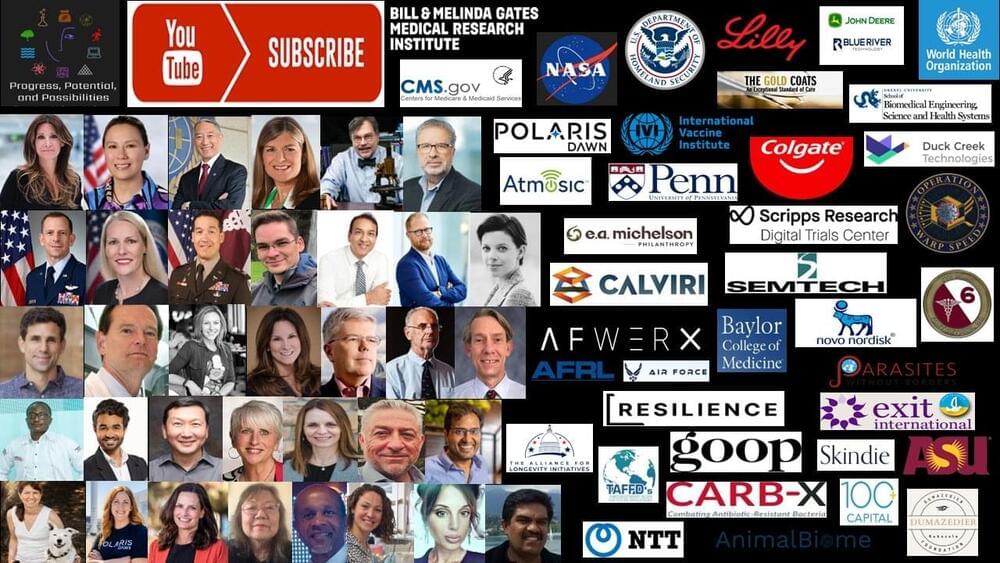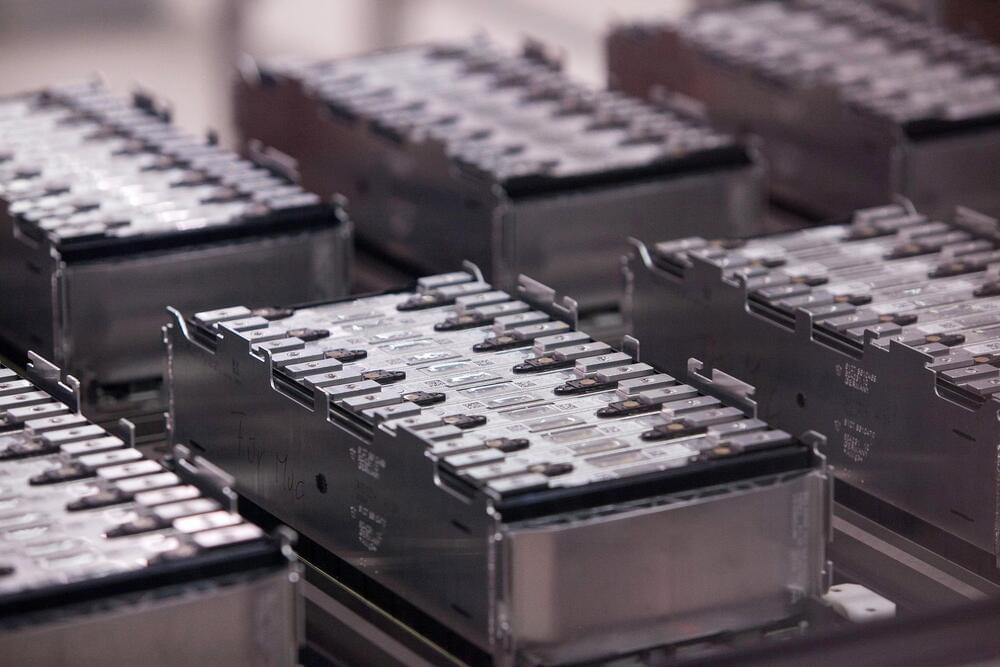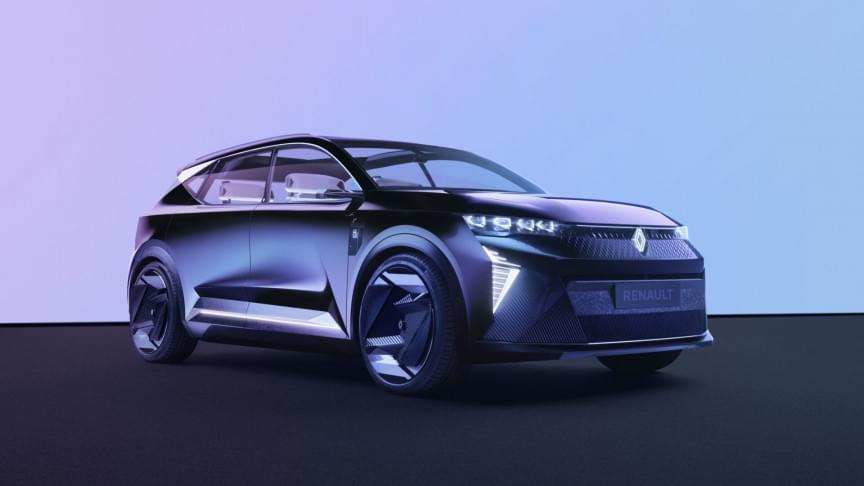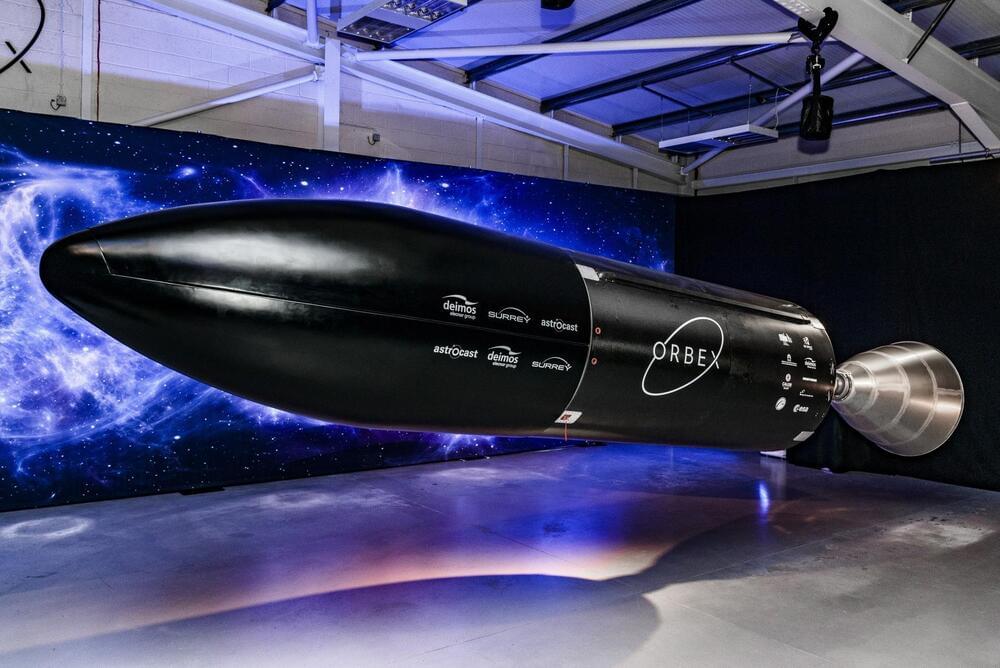“there’s a new record to report: a new solar cell has hit 39.5 percent efficiency ”.
Scientists keep on pushing the efficiency of solar panels higher and higher, and there’s a new record to report: a new solar cell has hit 39.5 percent efficiency under the standard 1-sun global illumination conditions.
That 1-sun marker is simply a standardized way of measuring a fixed amount of sunlight, and almost 40 percent of that radiation can now be converted into electricity. The previous record for this type of solar panel material was 39.2 percent efficiency.
There are more types of solar cells around than you might have realized. The type used here, triple-junction III-V tandem solar cells, are often deployed in satellites and space vehicles, though they have plenty of potential here on solid ground as well.
